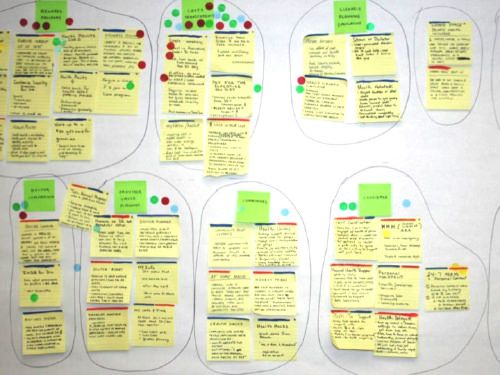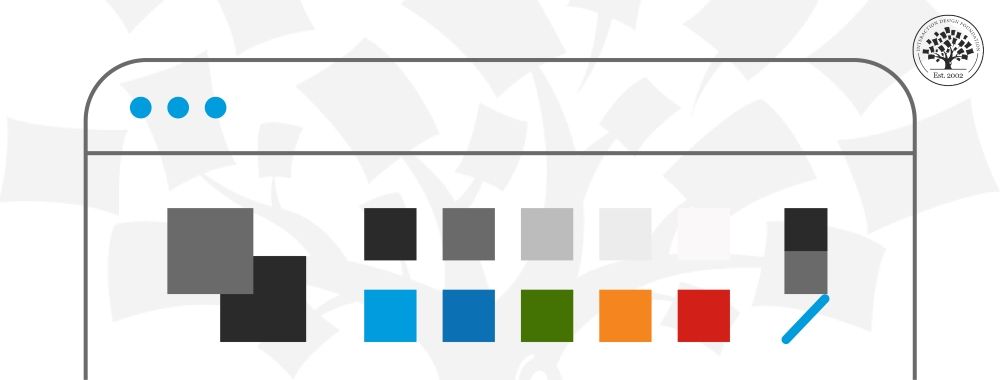UX can be a lonely job if you let it become that way. This is particularly true at small companies where UX can be a small part of someone’s role. Yet, not only does it not have to be a lonely role but it’s one where many other people in the organization can contribute their ideas too in a useful and constructive way. Most importantly, it’s a good idea to remember that it’s not just design and development professionals who can provide valuable insights either:
Customer Services
User experience is really a subset of the bigger customer experience. One awesome source of UX research is your customer service department. They deal with your users (as customers) day in and day out. They know what frustrates people and what they like. Annoyingly; much of what they know isn’t to be found in a database and that means you should be talking to these folks regularly.

The most common issues with a product are often never written down. Why? Because they were written down once. Then someone said; “we can’t do anything about that now” and that’s the message the customer care guys have been passing on ever since. Since they can’t do anything about the problem; they often don’t record it. What’s the point?
The smart UX researcher works with the customer services team to develop UX tagging for their systems. Even when a problem that won’t be solved today comes in – they have it noted so that they can improve their data. They talk to customer services regularly to see if there are ways to make the product make their lives easier. They turn customer services into ambassadors for UX work with the larger organization.
Sales Representatives
The other group of people who know your users really, really well are your sales people. Given my own experience as a sales person in the past; sales people don’t tend to record things unless they may be relevant to a future sale. They are far worse than customer care agents in updating electronic systems. This is probably because sales reps tend to work to a small pool of potential prospects. They speak to them regularly and much of what they know gets filed away at the back of their brains for further discussion at a later date. Any time spent recording interactions is time that can’t be spent selling. So it doesn’t get done.

Sales people are a fount of wisdom regarding what users want or at least what they think they want. You need to research the data provided by sales people to ensure that they’re not pushing a specific agenda (e.g. for their biggest account) and that their findings are representative of the wider user base. However, their insight are a great starting place to point out possible directions of future user research.
Once again, the right interactions with the sales team can turn them into ambassadors for UX and that makes your life easier everywhere in the organization
Header Image: Author/Copyright holder: Smashing Magazine. Copyright terms and licence: All rights reserved. Img
Image Source:
UX Booth (link to image), Harvard Business Review (link to image), Mirror Ministries (link to image)












